In addition to increased reliability, the supported processors increase security capabilities at the chip level. These processors provide virtualization extensions and virtualization performance improvements. Windows 11 supports virtualization-based security which enables several security capabilities, including memory integrity, also known as hypervisor-protected code integrity .
Windows 11 Upgrade Requirements Tool HVCI disables dynamic code injection into the Windows kernel. HVCI also provides driver control and ensures that all drivers loaded meet a policy of allowed drivers set by Microsoft and the user. The United States Department of Defense requires virtualization-based security on Windows 10 for their devices. In partnership with our OEM and silicon partners, we will be enabling VBS and HVCI on most new PCs over this next year.
And we will continue to seek opportunities to expand VBS across more systems over time. Windows 11 continues our strong commitment to compatibility. This means that devices can upgrade to Windows 11 and critical apps and devices will simply work. Raising the Windows 11 minimum system requirements enables us to better support apps and hardware for drivers and devices. Feedback also shows us that unsupported hardware is more likely to have older drivers that are incompatible with new OS features such as VBS.
Supported hardware also comes with modern drivers, which helps ensure not only the reliability we mentioned earlier, but also great hardware compatibility. Original equipment manufacturers can still ship computers without a TPM 2.0 coprocessor upon Microsoft's approval. Some third-party software may refuse to run on unsupported configurations of Windows 11. If your existing Windows 10 PC is running Windows 10 20H1 or later and meets the minimum hardware specificationsit will be able to upgrade to Windows 11.
The upgrade rollout plan is still being finalized, but for most devices already in use today, we expect it to be ready sometime in early 2022. Not all Windows 10 PCs that are eligible to upgrade will be offered to upgrade at the same time. To see if your PC is eligible to upgrade, refer to our knowledge base for a list of tested systems. Once the upgrade rollout has started, you can check if it is ready for your device by going to Settings/Windows Updates.
Similar to how end users are notified when updates are available in Windows 10, end users will see an indication in the notification areas of the taskbar in the bottom right, that the upgrade is available. More information on how that is presented will be available at a later date. Additional desktop notification options may be also be added at a later date. For those who are using a PC that won't upgrade, and who aren't ready to transition to a new device, Windows 10 is the right choice.
We will support Windows 10 through October 14, 2025 and we recently announced that the next feature update to Windows 10 is coming later this year. Whatever you decide, we are committed to supporting you and offering choice in your computing journey. If you want to see the full Windows 11 minimum system requirements, you can visit this page.
Using the installation files, you could install Windows 11 on an incompatible PC. Such an installation of Windows 11 on an incompatible personal computer will not be supported by Microsoft. You are also unlikely to get any future security or feature updates from Microsoft. Basically, you are on your own when it comes to installing Windows 11 on an unsupported hardware configuration.
You also carry a potential risk in terms of unpatched systems and vulnerability to exploits from remote attackers. Citing security considerations, the system requirements for Windows 11 were increased over Windows 10. While the OS can be installed on unsupported processors, Microsoft does not guarantee the availability of updates. Windows 11 also drops support for 32-bit x86 CPUs and devices which use BIOS firmware. Someone even wrote an GitHub issue about that but the owner deleted it.
MS has detailed steps on the official website how you can install or update on unsupported hardware. They simply wont provide support if you run it on older hardware. Beside that they didn not drop support for "tons of systems" quiet the opposite they committed to provide updates to windows 10 for almost 5 years . By then hardware not officially supported by windows 11 will be at least 7 years old.
He also acknowledged the expansion of Microsoft Store to include more "traditional" desktop applications. One of the best known and most universally used tools to update Windows is called Media Creation Tool. The Microsoft tool always downloads the latest version of Windows 11 which is the operating system installation image containing the latest feature update. Windows 11 Media Creation Tool is an official free tool by Microsoft to upgrade your edition of Windows 10, 8 or 8.1 to an 11 edition.
The application, easy to use, is in the form of a wizard that allows you either to perform the update directly or to create a USB drive or a bootable DVD to install the new version of the operating system. So, what is Windows 11 Media Creation Tool and how it can help to create installation media? The new Windows 11 is here and it surely comes with a host of interesting features. The latest operating system from Microsoft brings you new visual changes, compatibility with Android, interesting gaming-related features, and more.
The company has also revealed that a vast majority of PC or laptop available in the market will be compatible with Windows 11. The brand has also released a list of minimum requirements and processors that support the latest operating system. That being said, if you want to know whether your Windows 10-powered laptop or PC is compatible with Windows 11, there is a simple way to do it. In this article, we are going to show a step-by-step guide of how you can check for Windows 11 compatibility with your laptop or PC.
It's not imperative that you upgrade your system to Windows in the next couple of weeks, or even months. For many people, that's about the time to upgrade to a newer device, one that will come with Windows 11 already installed. As part of the minimum system requirements, Windows 11 only runs on devices with a Trusted Platform Module 2.0 security coprocessor. According to Microsoft, the TPM 2.0 coprocessor is a "critical building block" for protection against firmware and hardware attacks. In addition, Microsoft now requires devices with Windows 11 to include virtualization-based security , hypervisor-protected code integrity , and Secure Boot built-in and enabled by default.
The operating system also features hardware-enforced stack protection for supported Intel and AMD processors for protection against zero-day exploits. The official, release version of Windows 11 is now available as a free upgrade to anyone who has Windows 10 and a PC that meets Microsoft's minimum hardware requirements. However, the Redmond software giant isn't pushing the upgrade to every eligible system at once. Some users will be offered the option to upgrade in their Settings menu on or around the October 5th official launch date while others may be waiting until 2022.
Microsoft does not support devices running on unsupported hardware, but it offers a Registry workaround to bypass the trusted platform module version 2.0 and processor requirements to install Windows 11. However, using this method, the computer will still need TPM 1.2, Secure Boot, 4GB of RAM, 64GB of storage, and a processor with at least two cores to proceed with the upgrade. Once the Windows 11 operating system has been installed manually, you would be able to get the future updates through the Windows Update program in the control panel. This is the essential difference in installing Windows 11 on a supported vs unsupported hardware configuration. Access to security and feature updates for supported computers will happen through the Windows Update program.
At least 16GB of RAM The basic system requirements of Windows 11 differ significantly from Windows 10. Windows 11 only supports 64-bit systems such as those using an x86-64 or ARM64 processor; IA-32 processors are no longer supported. Thus, Windows 11 is the first consumer version of Windows not to support 32-bit processors .
The minimum RAM and storage requirements were also increased; Windows 11 now requires at least 4GB of RAM and 64GB of storage. S mode is only supported for the Home edition of Windows 11. The compatibility list includes the Intel Core i7-7820HQ, a seventh-generation processor used by the Surface Studio 2, although only on devices that shipped with DCH-based drivers. Many games that use Anti-cheat tools also have started relying on Windows 11 security features to provide fair gameplay. While these games still work on Windows 10, it is only a matter of time before Windows 11 ends up becoming a requirement.
If your hardware isn't eligible, however, you'll need to download Windows 11 and create an upgrade tool. You can use this file to create your own bootable USB drive. Make sure you have an empty USB stick with at least 8 GB of space and then follow Microsoft's guide to creating a bootable drive. As we said above, doing this on hardware that's not officially eligible might result in not qualifying for future updates. Devices that do not meet the minimum system requirements will remain on Windows 10 and continue to be supported with security updates.
Customers using long term service releases will continue to be supported through the published end of support dates. For more information about Windows 10 support, see HP products tested with Windows 10. I believe that should Windows 11 be installed this way on unsupported hardware, you will not receive windows updates. Upgrading a computer that does not meet the minimum requirements to Windows 11 is a three-step process.
Then you need to edit the Registry to apply the official workaround to bypass the official requirements of Windows 11, and finally, you need to proceed with the in-place upgrade process. Internet Explorer has been replaced by the Chromium-based Microsoft Edge as the default web browser, and Microsoft Teams is integrated into the Windows shell. Microsoft also announced plans to allow more flexibility in software that can be distributed via Microsoft Store, and to support Android apps on Windows 11 . If your existing Windows 10 PC is running the most current version of Windows 10 and meets the minimum hardware specifications it will be able to upgrade to Windows 11.
Not all Windows 10 PCs that are eligible to upgrade to Windows 11 will be offered to upgrade at the same time. You can refer to our knowledge base for a list of tested systems to determine if your device eligible to upgrade to Windows -11. Many PCs that are less than four years old will be able to upgrade to Windows 11. They must be running 20H1 or later version of Windows 10 and meet the minimum hardware requirements to receive the Windows 11 upgrade. Although Windows 11 is a free upgrade for existing devices running Windows 10, the hardware needs to meet the minimum requirements to continue with the installation process. In a nutshell, you need an Intel's 8th Gen or newer, AMD Zen 2 or newer, or Qualcomm 7 and 8 Series processor.
This is in addition to the requirements of TPM 2.0 and Secure Boot and a minimum of 64GB of storage. The following methods need a Windows 11 ISO file to work. If you haven't tried installing Windows 11 yet or have created a bootable drive using the Windows 11 media creation tool instead of using the ISO, you need to download Windows 11 ISO to follow the below methods. Windows 11 SE was announced on November 9, 2021, as an edition exclusively for low-end devices sold in the education market, and a successor to Windows 10 S. It is bundled with applications such as Microsoft Office for Microsoft 365, Minecraft Education Edition, and Flipgrid, while OneDrive is used to save files by default.
Windows 11 SE does not include Microsoft Store; third-party software is provisioned or installed by administrators. Windows 11, the first major Windows release since 2015, builds upon its predecessor by revamping the user interface to follow Microsoft's new Fluent Design guidelines. The redesign, which focuses on ease of use and flexibility, comes alongside new productivity and social features and updates to security and accessibility, addressing some of the deficiencies of Windows 10.
If you're using Windows 7 or 8.1, the situation is a bit more complicated. Microsoft hasn't mentioned Windows 7 or 8.1, but the leaked Windows 11 build contains configuration files meant for users upgrading from these versions of Windows. Windows 10 was a free upgrade for Windows 7 and 8.1, so it could be the same here. Of course, you'll have to meet the system requirements, and if you have an old device like that, that's gonna be harder. If you're using Windows 10, installing Windows 11 will feel just like installing a Windows 10 feature update. Microsoft has said exactly that, which means the upgrade process should be pretty easy.
It's also been confirmed that Windows 11 will be a free update for Windows 10 users, as long as their PC is compatible. The free upgrade will start rolling out this holiday and it has no set end date yet, so you should be able to upgrade whenever you feel ready. There are many users who, after the release of Windows 11, went ahead and checked whether their PC is eligible to be upgraded with Windows 11.
Sadly, they found out that their PC does not meet the minimum requirements to install Windows 11. In this case, the question arises what options are left then? To put it simply, the best option here is to buy a new PC before the deadline, i.e. 2025. Of course, this approach is not new and it has been a standard practice for Windows 10 feature updates after October 2018 Update deleted personal files of users. The phased or slow rollout ensures that not too many devices receive the update when they check for updates and get affected by unknown bugs.
The build includes a wide variety of security updates. For details, seeMicrosoft's Security Update Guide and the November 2021 Security Update notes. It also fixes a bug that causes improper rendering of some user interface elements or when drawing within some apps. And it makes quality improvements to the servicing stack, which is the component that installs Windows updates.
When you do, you might get a warning that your hardware isn't officially supported, and it might not be entitled to receive future updates. The support article contains two important warnings for people installing Windows 11 from media or from an ISO image. Namely, there's no check for the TPM 2.0 requirement, nor is there a check to determine if the CPU is running a supported processor.
Installers need to know those details beforehand as they could wind up bypassing the OS' minimum support requirements. Once you have more information, follow our guide to installing Windows 11 on an unsupported PC for concrete steps you can take to resolve your issues. For example, on some PCs, you may simply need to enable TPM 2.0 or Secure Boot in the UEFI firmware . If the problem is that your PC has an older CPU or it only has TPM 1.2, there's a registry hack that will let you bypass the hardware requirements and install Windows 11 anyway. Following the results of our testing, we are making a small number of additions to the compatible processor list , but otherwise will maintain the minimum system requirements as originally set. Upgrade Windows 10 to Windows 11, A complete step by step guide with proper upgrade image sequence is available on this page.
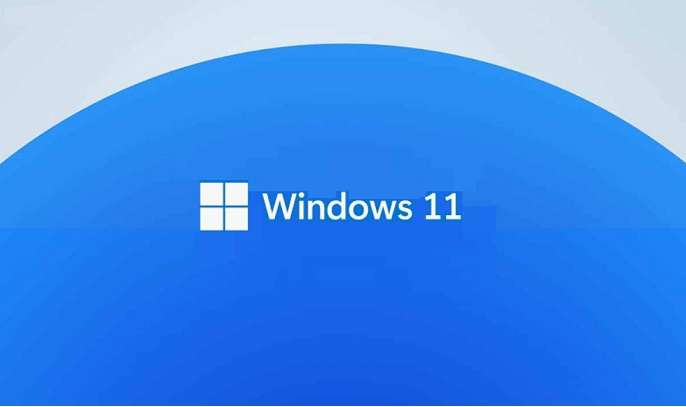
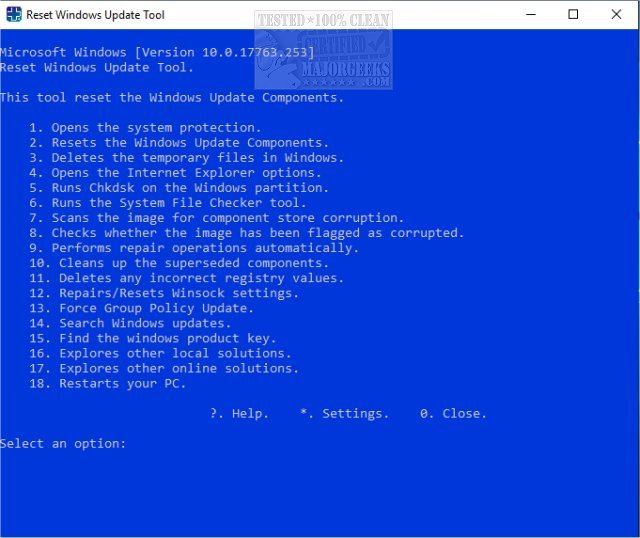













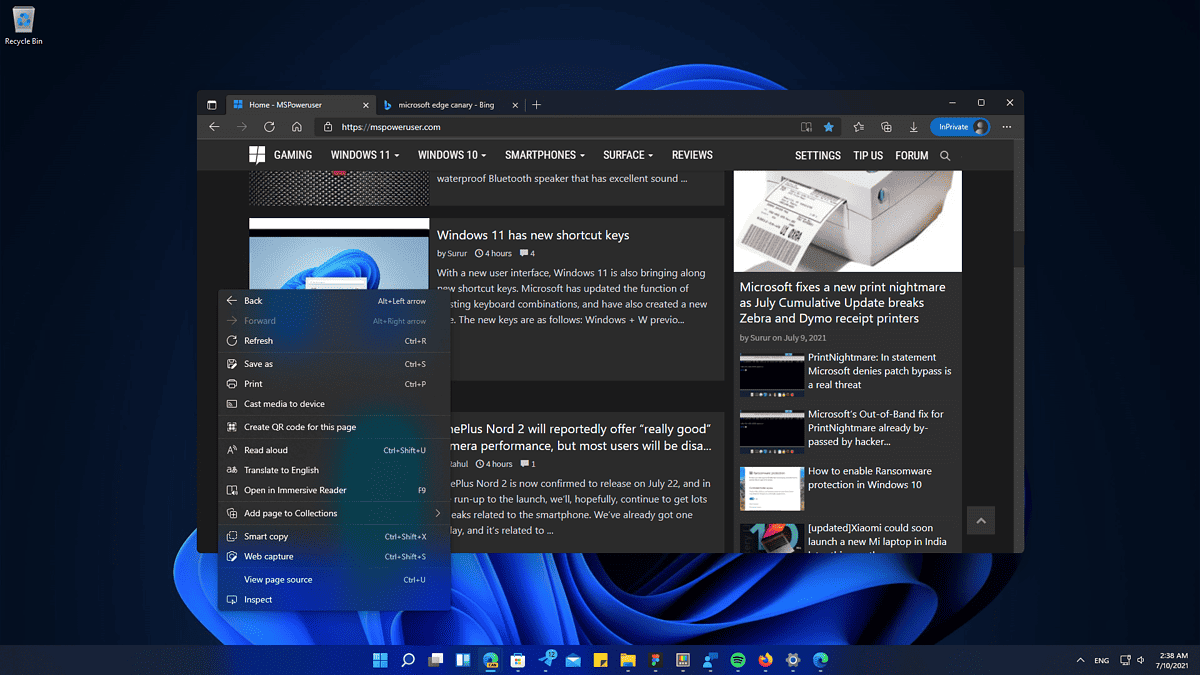
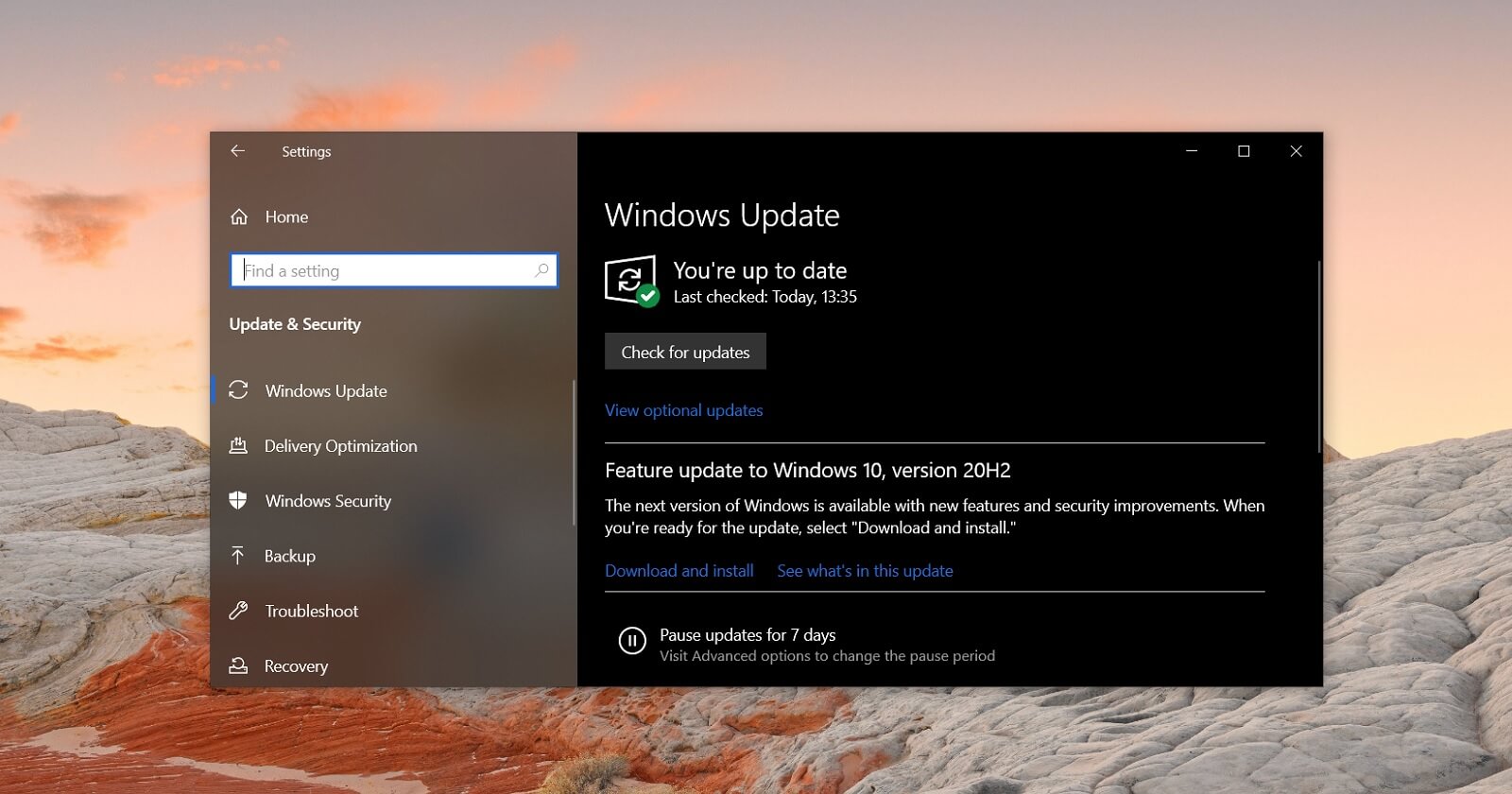
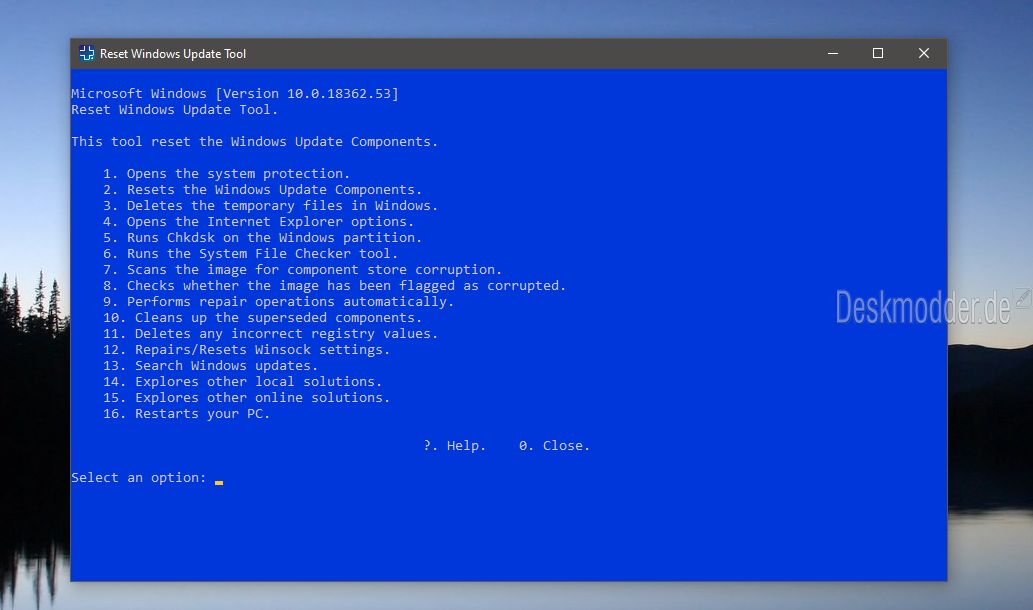


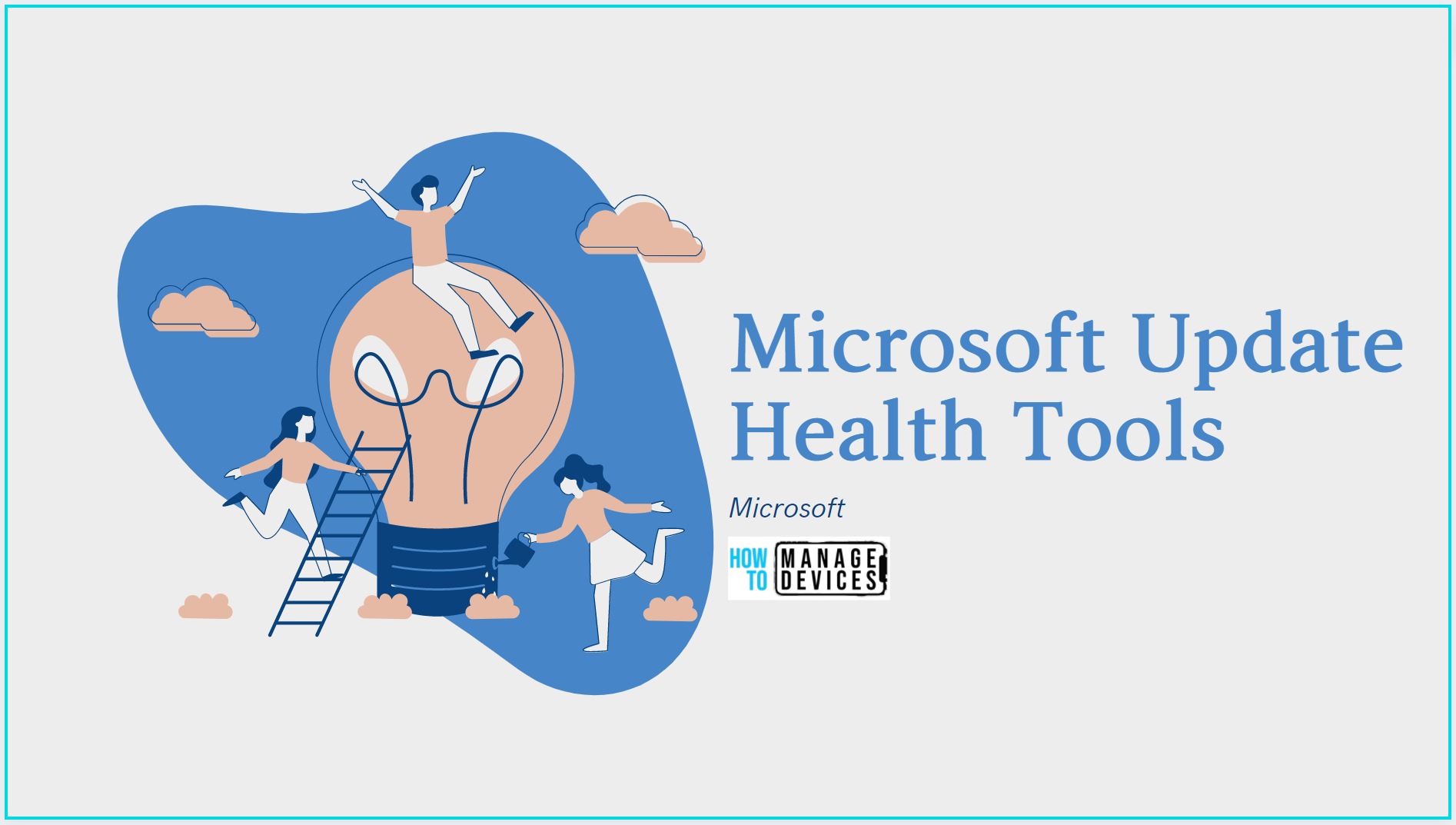









No comments:
Post a Comment
Note: Only a member of this blog may post a comment.